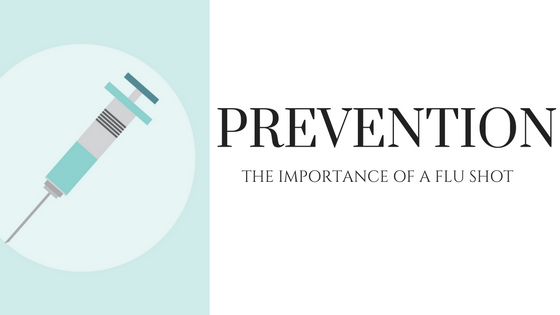When a toddler or child falls, he or she is likely to just shake it off and keep moving. The same is true of many young adults. But when a senior falls, the consequences can be severe – including broken bones that lead to limited mobility and a downward health spiral.
Worse, each year thousands of older Americans die as a result of breaking a hip. Finding a solution that helps decrease the number of falls for this segment of the population is clearly important. And one area that has proven to be successful in terms of fall prevention is exercise.
How Exercise Helps
Structured exercise combined with balance training helps reduce falls. Balance training remains the foundation of fall prevention programs, but exercise helps in that it:
- Makes muscles stronger and more flexible. Stronger and larger muscles can buffer the impact of a fall and provide some protection to joints and bones.
- Improves endurance
- Increases how long a person can be active
- Combining exercise and balance training enables the person to have a faster reaction time, which is important in stopping a fall (by grabbing something) before it happens.
- Resistance exercises strengthen bones, making them more resistant to fractures in the event of a fall.
Exercises That Help Build Better Balance
There are a variety of exercises than can be done almost anywhere and at anytime that will help with fall prevention. Experts advise starting out with two or more days of exercise a week, and going slowly with exercises your doctor has said are right for you. Always breathe slowly and easy when exercising.
Here are some specific exercises that can be done to help improve balance:
- Single-leg Stance
Standing up straight with your feet together and arms at your sides, slowly lift your right leg off the floor. Hold this position for as long as you can, and then repeat with your left leg. Maintain good posture throughout this exercise and focus on a spot straight ahead. If you feel comfortable, you can even do this exercise while waiting in line at the store.
- Toe Stand
Start by holding on to something for support of balance – such as the back of a chair – and, keeping your back straight and knees slightly bent, push up on your tiptoes as high as possible. Then slowly lower your heels to the floor. Repeat this 10 to 15 times.
- Leg Extension
Leg extensions can make your thigh muscles stronger. Sitting in a straight-back chair with your feet on the floor, straighten one leg out in front of you as much as possible. Then lower your leg back down slowly. Repeat this 10 to 15 times with each leg.
- Back Leg Stretches
Stretching the back of your leg will increase flexibility and strength, while making it easier for you to get around. Sitting in a straight-back chair, place one foot on a stool in front of you. Straighten the leg that’s on the stool and then lean forward and try to touch your foot with your hand. Hold this stretch for 10 to 20 seconds, and repeat five times with each leg.











